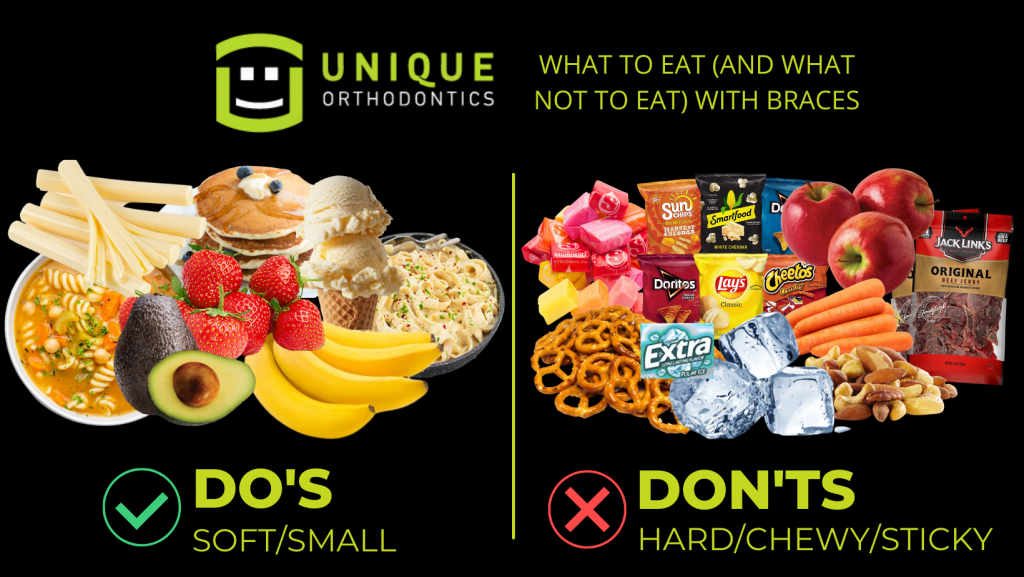
There are many ways to reduce the amount of certain foods in your diet. While eating too much of some foods can be detrimental to your health, others are essential. Sugar and refined carbohydrates are the most common culprits when it comes to a weight gain. You can also try to avoid processed meats as well as processed sugars. You can also choose healthier foods. You can eat whole grain bread as a breakfast alternative to white bread. Instead of sweetening your morning oatmeal, try substituting grilled fruit for it.
Adding more fruits and vegetables to your diet is an easy way to cut back on sugar and empty calories. A variety of fruits and veggies have many health advantages and are high in antioxidants. Reduce the amount of sugar in your coffee or tea. You can make your tea with lemon or ginger if you prefer a more flavorful drink. You should consume less than 5% of your daily energy intake from added sugars or preservatives.
Reduce the intake of processed foods when you're trying to lose weight. Sugar is naturally found in many foods. So, completely eliminating it from your diet won't be practical. It has been linked to diabetes, heart disease, and other health problems. Avoid canned and pre-packaged foods and stay away from fast food restaurants. Consume whole-grain and whole wheat foods if you desire to feel full and active.

Cut out junk food, sugary drinks, and other unhealthy foods is the first step in losing weight. You will feel happier, save money, and improve your overall health. You can also snack on healthy foods instead of eating junk foods. This will prevent you overeating later in your day. To avoid overeating, substitute regular snacks with snack foods.
The next thing to cut out of your diet is processed meat. This is the main cause of high blood sugar and obesity. You need to reduce your sodium intake. You can lose significant weight and improve your overall health by avoiding these foods. You should also avoid high-calorie, sugary foods.
Hidden sugars are another problem when sugar is consumed in your diet. They can be dangerous and increase the risk for cancer, even though they aren't necessarily bad. You should reduce hidden sugar sources by substituting natural sweeteners (stevia, unsweetened applesauce, or unsweetened juices) for them. You should also avoid hidden sugars. These can be found in many processed sauces and dressings as well as breakfast cereals.
Foods that contain high amounts of added sugar tend to be high in calories. They are very filling and tend to be very full. To cut out these foods from your diet, you should look for foods that are low in sugar. You also need to cut down on high fat foods. A good example is high-fat granola bars. For those who have a sweet tooth you can replace them by fruit-basedgranola.

A second habit you should develop is the habit of eating breakfast every morning. You will eat more throughout your day if you skip breakfast, so it is important to include this meal in your daily life. Regular breakfast eaters have lower BMIs. This makes them more productive at school and work. You will feel fuller all day by eating whole grains cereal and low-fat dairy.
Even if it's not clear how to make a certain food, there are some rules you can observe. You should avoid looking at pictures of unhealthy food on social networks. Studies have shown that looking at unhealthy food photos can increase hunger hormones, even if it's not something you want to eat. This means that you should limit the number of carbohydrates in your daily diet.
FAQ
How much should I weigh for my height and age? BMI chart & calculator
To determine how much weight loss you need, a BMI calculator is your best friend. The healthy BMI range for a healthy person is 18.5 to 24.9. If you want to lose weight, then you should aim to drop about 10 pounds per month. Enter your weight and height into the BMI calculator.
This BMI chart can help you find out if or not you are obese.
What's the difference between a virus & a bacterium?
A virus, a microscopic organism, is incapable of reproducing outside its host cell. A bacterium, a single-celled organism, reproduces by splitting into two. Viruses can be as small as 20 nanometers, while bacteria can grow up to 1 micron.
Viruses are spread via contact with infected bodily liquids such as urine, saliva, semen and vaginal secretions. Bacteria can easily be spread from direct contact to contaminated surfaces and objects.
Viral infections can also be introduced to our bodies by a variety of cuts, scrapes or bites. They can also enter the body through the mouth, nose, eyes and ears, vaginal, rectum or anus.
Bacteria can be introduced to our bodies by cuts, scrapes or burns. They may also come into our bodies through food, water, air, soil, dust, or animals.
Both bacteria as well as viruses can cause illness. But viruses do not have the ability to multiply within their hosts. They only cause disease when they infect living tissue.
Bacteria can grow in their hosts and cause disease. They can also invade other parts of your body. That's why we need antibiotics to kill them.
These are 5 ways you can live a healthy and happy life.
Healthy lifestyles include eating right, exercise regularly, getting enough rest, managing stress, having fun, and eating healthy. Avoiding sugar and processed foods is key to eating well. Exercise can help you burn calories and strengthen your muscles. You can improve your memory and concentration by getting enough sleep. Stress management reduces anxiety, depression and other symptoms. Fun keeps us happy and healthy.
Statistics
- WHO recommends reducing saturated fats to less than 10% of total energy intake; reducing trans-fats to less than 1% of total energy intake; and replacing both saturated fats and trans-fats to unsaturated fats. (who.int)
- WHO recommends consuming less than 5% of total energy intake for additional health benefits. (who.int)
- In both adults and children, the intake of free sugars should be reduced to less than 10% of total energy intake. (who.int)
- nutrients.[17]X Research sourceWhole grains to try include: 100% whole wheat pasta and bread, brown rice, whole grain oats, farro, millet, quinoa, and barley. (wikihow.com)
External Links
How To
How to stay motivated to stick to healthy eating and exercise
Motivation tips for staying healthy
Motivational Tips For Staying Healthy
-
Write down your goals
-
Realistic goals
-
Be consistent
-
Reward yourself when your goal is achieved
-
If you fail the first time, don't lose heart
-
Have fun